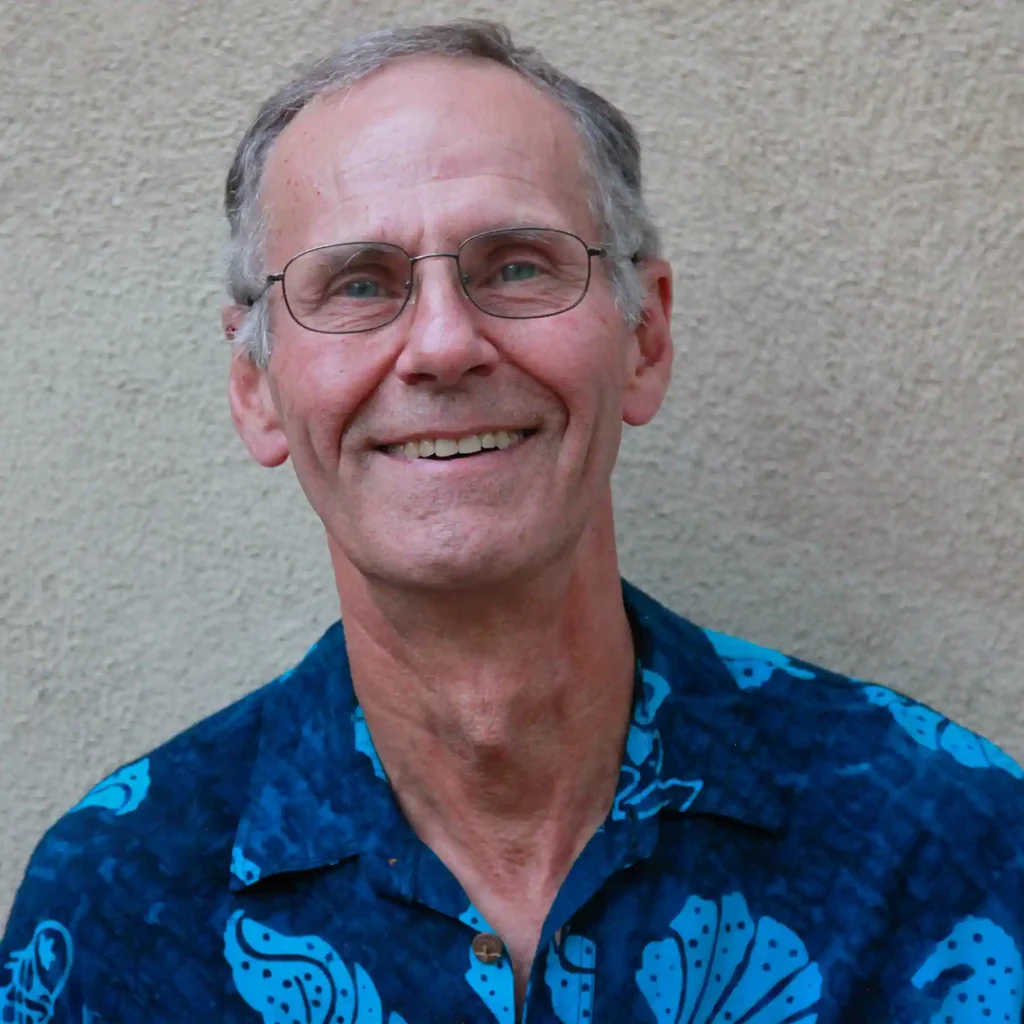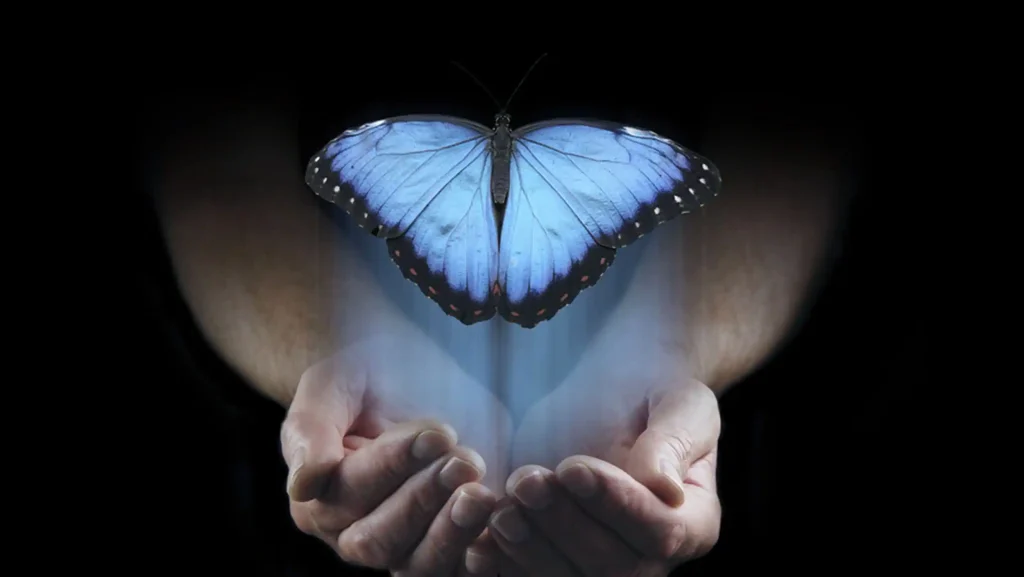Believe it or not there is much controversy in academic circles about the differences and similarities of the mystic path and the shamanic path. While there is no right answer, here we will look at these similarities and differences. We do not know how old each of them are, but evidence suggests that the shamanic path is older because of its relationship to human survival. Shamans have been around for anywhere from forty to seventy-five thousand years and of course with each new discovery the time frame gets earlier. Shamans have always specialized in the gathering, storing, and execution of power in order to better heal the sick, discover the location of herds for hunting, predict and alter weather patterns, talk to plants to discover their properties and medicines, and communicate with allies to improve the tribes’ chances of survival. Human beings needed this assistance early on in order to successfully compete for survival with the many predators that roamed the earth long ago. When humans dropped out of trees and stood upright to escape from predators and chase game they had to learn fast to get an edge on the other animals they shared the terrain with. So, they developed supernormal powers like the art of what the Australian aboriginals called the “strong eye” to see beyond what their physical eyes could see. They learned to look into the future to be able to predict with a high degree of probability how intense the coming winter would be, the probability of severe drought, how scarce the game would be, when the volcano might erupt, or when an earthquake was probable. They could sense invaders coming before they could see or hear them. All these abilities gave them an edge. In addition, shamans learned to pray, to talk with spirit, to listen to dreams, to gather knowledge from unseen forces and these activities are on the edge of the path of the mystic.
One great difference between the two is that mystics are often officially aligned with a religion while shamans are not. This does not mean that shamans do not practice a religion because many do. I have met Buddhist shamans, Catholic shamans, and Jewish shamans but the religions often do not sanction their shamanic practices. In many cases they condemn it so these shamans keep their shamanic practices secret or simply do not call themselves shamans even though they are. However, every religion has its’ mystic tradition even though it is often an outlier, an embarrassment, a barely tolerated aspect of the religion. Catholicism has its Essene and independent Christian mystics like Meister Eckhardt. The Buddhists have Zen and the Dzogchen of the Tibetans. Islam has the Sufis, Judaism has Kabbalah and so on.
Unlike shamans, mystics are dedicated to awakening, self-realization, becoming enlightened beings, realizing their true and ultimate natures and they are less concerned with helping their tribes survive the winter, or knowing the right herb to bring a fever down. On the other hand, a realized master will often automatically know these things because they become hitched to the supreme intelligence of the universe when they become one with it. Both shamans and mystics are known for their ability to be in more than one place at once, to travel great distances in an instant., to visit people and teach them in their dreams. When shamans develop their powers due to long apprenticeships and training, they can do much the same things as their mystic counterparts.
Mystics have always been famous for their solitary retreats, their long sojourns in the desert fasting, cultivating wisdom, seeking to expand their awareness at the cost of distracted thinking. Mystics are known to have kept close relationships with wild animals in nature, to speak with them and listen to them. Shamans are known for all these activities as well.
The ancient Greeks were known to have gone into dark caverns and caves to experience direct communication with the goddesses who would give them powerful advice and knowledge. Much of this wisdom had to do with the ways of good governance, laws, and the pursuit of accurate knowledge that we associate with the sciences. Much of our judicial system came directly from the visions of these Greek mystics, in their caves. Where did the Greek mystics learn these techniques? From the shamans that they traveled on foot for thousands of miles to learn from in Siberia, Tibet, and Mongolia. Where did the shamans in Siberia and Tibet learn these things? From the fly agaric mushrooms that they consumed to realize visions. Careful study of early mystics strongly suggests that they too turned to plant medicines like the legendary Soma to accelerate their self-realization. So, the more we look at these two ancient paths the more alike they seem to be despite their somewhat different emphasis and values. Certainly, if we look at great avatars and masters through the lens of shamanism we can readily see that they were great shamans. Jesus was clearly a trained shaman and used many traditional shamanic techniques in his ministry. He cast out demons, helped the blind to see, multiplied loaves and fishes, used sound to heal, worked with hand positions known as mudras, all techniques known to shamans all over the world, and to mystics.

Remote Shamanic Healing
Each month, around the new and full moons, Jose, Lena or Anna leads a remote shamanic healing session. These approximately 30 minute sessions are designed to be experienced in a quiet, safe place free from distraction. Even if you cannot join live they can be very powerful, and always include a good clearing and beautiful icaros. These are live webinars where you cannot be seen or heard. You can hear the practitioner and see their altar for that evening. Recording access is included for 48 hours afterwards. See the product description for dates and times.
Are all shamans mystics? Clearly not. The reality is that some shamans are just out to make money and play power games. Some are even murderers for hire. Some are very powerful and effective but have no principles whatsoever. They are not in any way mystics. Nothing of the sort. Some Shamans work their fingers to the bone healing people and altering weather patterns performing all manner of services for their communities but they are not concerned with overcoming the ego and becoming one with Spirit, at least not consciously. Are all mystics shamans? No, not necessarily. Many mystics regard shamanic activities as just more egoic activity to be avoided. They are inclined to say there is no such thing as a physical body and there is no physical world really, no physical objects at all that are not hallucinated. It is all just empty. And yet there is much overlap between advanced shamans and truly realized mystics. Could it be that the most successful shamans can’t help but encounter the mystic path somewhere along the line in their learning and development? And can it be that some mystics, can’t help but develop shamanic powers and despite the virtual reality nature of the physical plane, participate in world activities just for the enjoyment of it. I believe this to be the case. I have studied with shamans in many different parts of the world and they sure sound like mystics to me in their awareness of the vastness of the universe and all that it encompasses. And while I have not studied with many mystics in person like I have with shamans, I have read their writings and teachings and they definitely include shamanic understanding, the great alliance with nature, the animals, and the often-found ability to heal.
For the last several years I have had the privilege to spend some time with Miguel Ruiz, the author of the Four Agreements and many other books about Toltec wisdom and shamanic understanding. He clearly comes out of the shamanic tradition but in listening to one of his recent talks I heard him speak in classic mystic style. He said that there is no Miguel Ruiz, that it is just the name for a mythical person with a mythical narrative and that, ultimately, he is just a part of Spirit, timeless and without definition or restriction. You can’t get any more mystical than that and yet he is clearly an accomplished Nagual, a shaman in the Toltec tradition.
I have heard other shamans say very similar things. Our academics love to parse words and definitions. They seem to thrive on debate and conflict over definitions and labels and get very identified with their positions, often arrogantly so, but in my way of thinking, in the end it hardly matters. I am so glad the world has its’ shamans and its’ mystics. They can overlap all they want to and the world is better for it. I would prefer not to be pigeonholed either because I see elements of both in my interests, in my activities, and in my thought process.
These days there are many people who are obsessed with cultural appropriation and although it is an important topic, too often it leads people into extreme judgmental positions that result in people attacking one another online. Is this what the world needs right now, more conflict and fighting? I don’t think so. Of course, we don’t want opportunists to profit from pretending they are tribal members or have earned titles based on weekend workshops online. We can do our best to monitor these situations and call them out when they occur. However there have always been pretenders throughout history especially when there is a profit motive. You can try to control life but in the end you can’t always do so because there will be younger souls amongst us for a while longer on this planet who have no other way to learn than the hard way. Those who need to dupe others will continue to dupe them and those who need to be duped will be duped and they will learn from that experience. Those who do not need these lessons will manage to avoid the charlatans and learn from the real deal. Perhaps at the end of the day there is no need to be so judgmental, so self-righteous, so angry, just attentive and mindful.
Tags:

José Stevens
José Luis Stevens, PhD is the president and co-founder (with wife Lena) of Power Path Seminars, an international school and consulting firm dedicated to the study and application of shamanism and indigenous wisdom to business and everyday life. José completed a ten-year apprenticeship with a Huichol (Wixarika) Maracame (Huichol shaman) in the Sierras of Central Mexico. In addition, he is studying with Shipibo shamans in the Peruvian Amazon and with Paqos (shamans) in the Andes in Peru. In 1983 he completed his doctoral dissertation at the California Institute of Integral Studies focusing on the interface between shamanism and western psychological counseling. Since then, he has studied cross-cultural shamanism around the world to distill the core elements of shamanic healing and practice. He is the author of twenty books and numerous articles including Encounters With Power, Awaken The Inner Shaman, The Power Path, Secrets of Shamanism, Transforming Your Dragons and How To Pray The Shaman’s Way.
Related Articles
The Evolution of Perception and Fear
The Challenge Of Creating Our Future
The frequency of the Earth is shifting, The hertz frequency of the earth is dropping temporarily while changes are being made from the core of…




